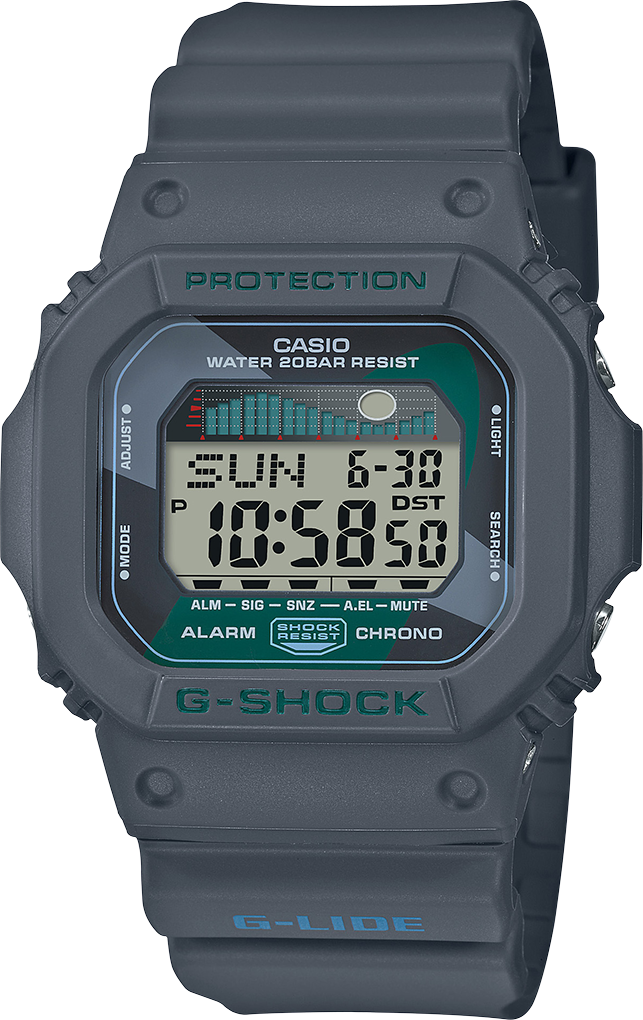

You can set up alerts for fitness goals met. The watch syncs with the “G-Shock Move” phone app. It has various functions, including timers, goals, stopwatch, etc. The fitness calculator is the GBX-100’s other major feature. In reality, I have as much use for the tide and moon functions as an orthodontist has a need for the helium release valve on a Rolex Sea-Dweller. (I didn’t have time to sit on the beach to see for myself.) Compared to what I can see in the night sky, the moon phase appears to be spot-on. There’s also a dedicated moon phase display that includes sunrise and sunset times.įrom what I can tell (comparing to the NOAA website), the high and low tide calculations were off by about 30 minutes in my area. The tide display includes the moon phase and sunrise/sunset times in a smaller font. The Tide calculator is available in a 12-hour or a 24-hour graph format. The Tide and Moon Phase calculator is presented in three different display modes. The activation status of various functions (DST, BlueTooth, Alarm, Signal, etc) appear in very small fonts along the bottom of the screen and in the upper left corner. The day of the week lives in the lower left corner, projected in the same font size as the date. The date (month/day) appears in a smaller font in the upper right corner, large enough to read with my unaided 56-year-old eyes. The main time mode screen is easier to read than Bathtime for Biscuit.
CASIO G SHOCK TIDE GRAPH MANUAL FULL
In fact, the watch is so packed with functions, modes and information, I haven’t been able to delve into all of them, even after a full week of wear. Like its brothers in arms, the GBX-100 has multiple functional displays that take full advantage of the the high-resolution display. Try that with a traditional negative LCD display. My wife could read the time on the G-SHOCK GBX-100 from across the table in a dimly-lit restaurant. Left to right: STN ( Super-Twisted Nematic), MIP (Memory In Pixel) and traditional LCD.īottom line: you can read the MIP negative LCD display from the most obtuse angles, in any light. How much better is MIP than its Casio competition? Check out the above comparo of Casio’s negative LCD displays.

The GBX-100’s transflective layer (transmissive + reflective) allows illumination from a backlight to light up the display. Whereas a normal LCD depends entirely on a backlight and pixels (that refresh themselves every minute or so), a Memory In Pixel display includes an optical layer that reflects and transmits light to brighten the screen. The first thing that jumps out: the Casio’s “MIP” display. When availability trickled back I decided to see what the commotion was about.
CASIO G SHOCK TIDE GRAPH MANUAL SERIES
After its release in May 2020, the latest in Casio’s “G-Lide” series sold out quickly, garnering nearly unanimous praise on the watch forums. Since I’m neither a step-counter nor a wave-rider, I figured it wasn’t a watch for me. G-SHOCK touts the model as a watch for fitness buffs and surfers. The G-SHOCK GBX-100 watch wasn’t high on my “must have” list.


 0 kommentar(er)
0 kommentar(er)
